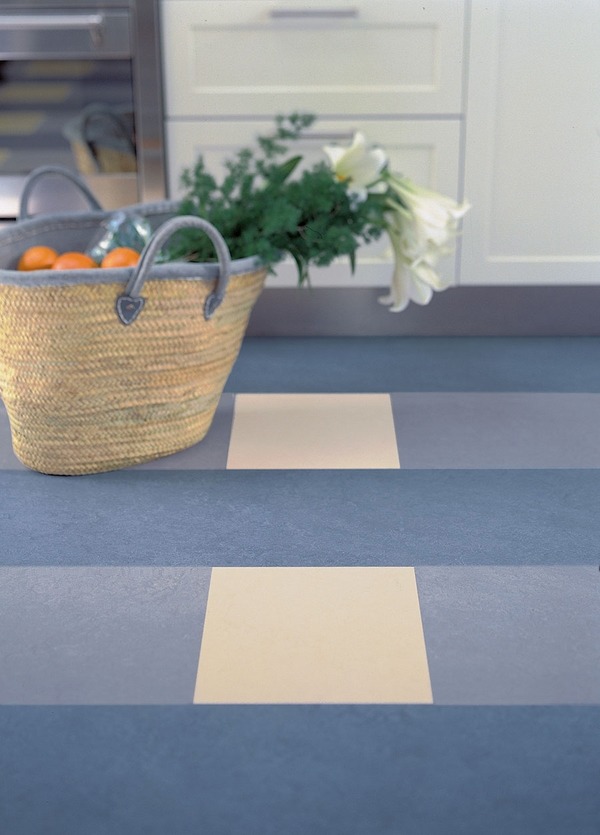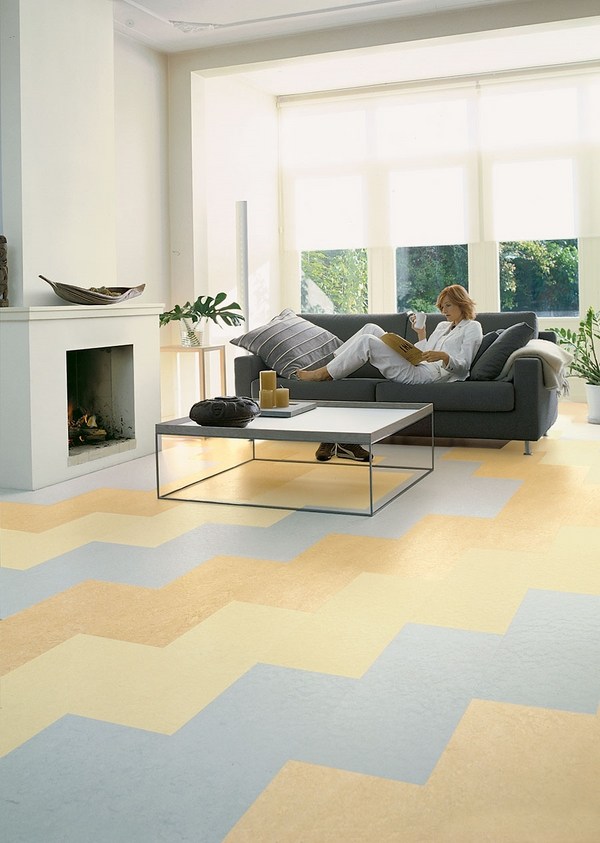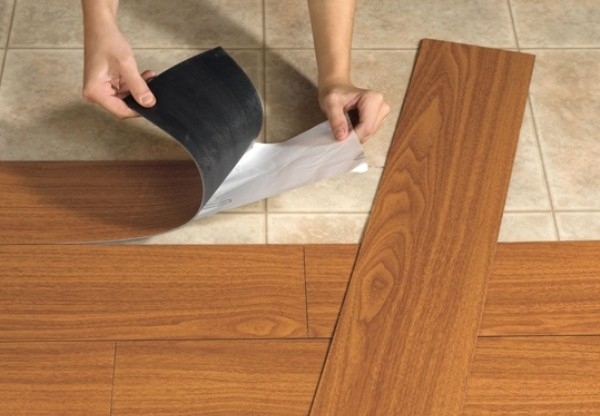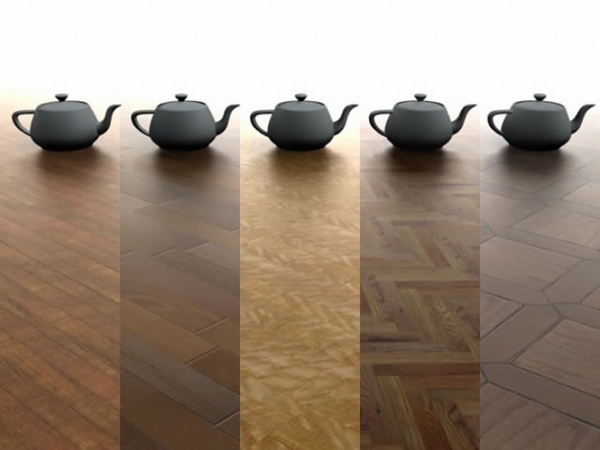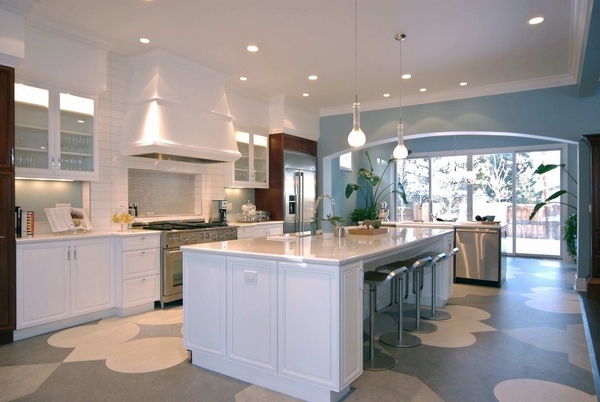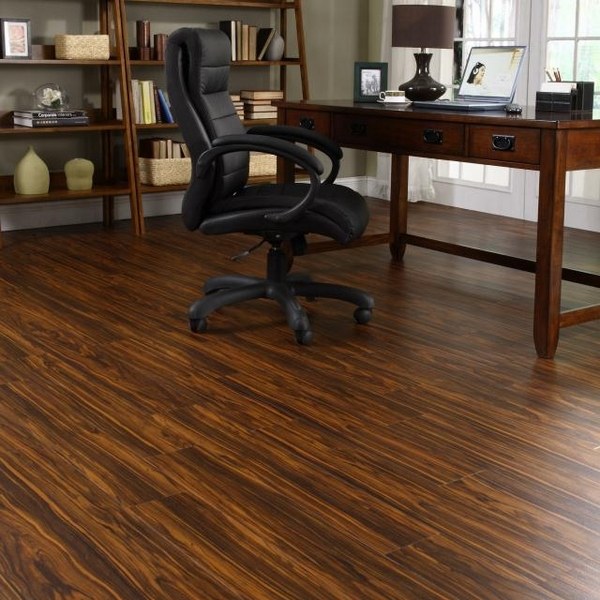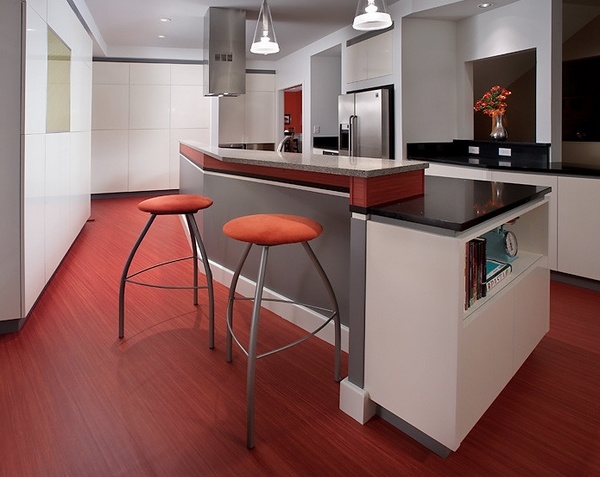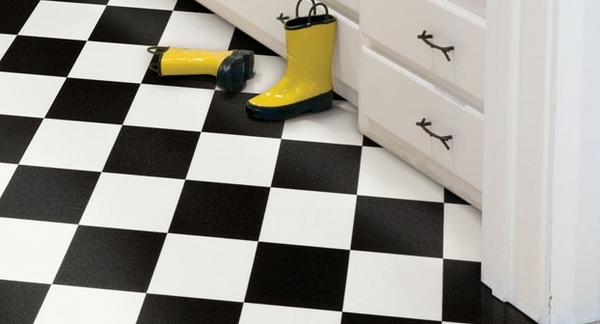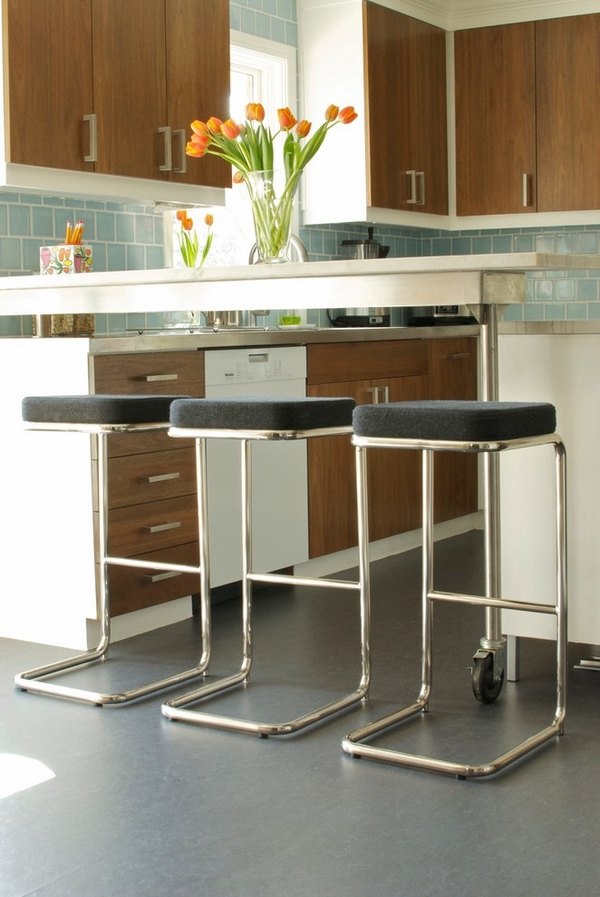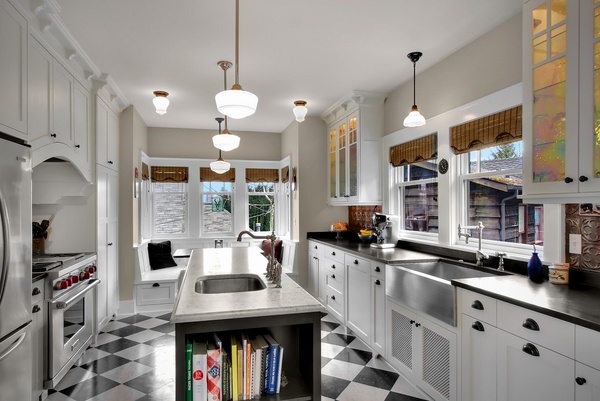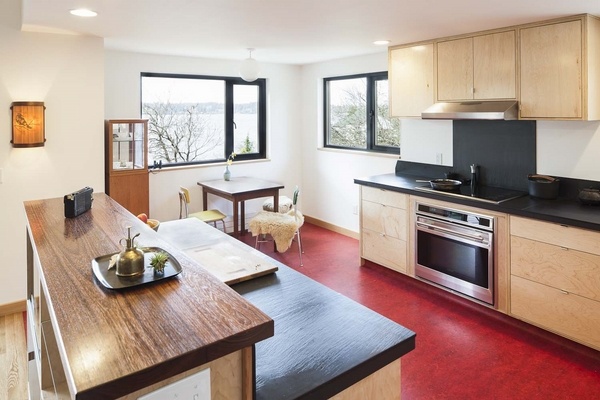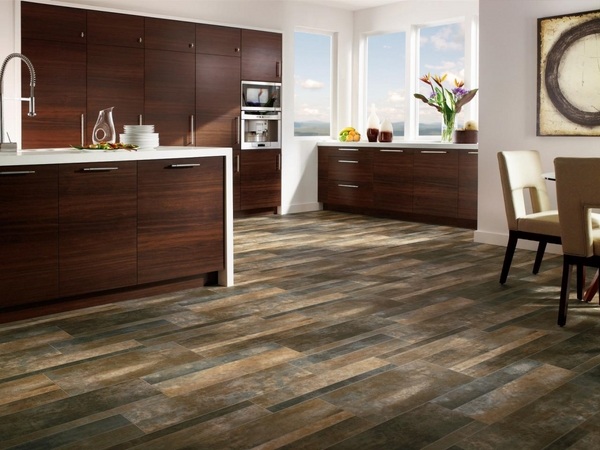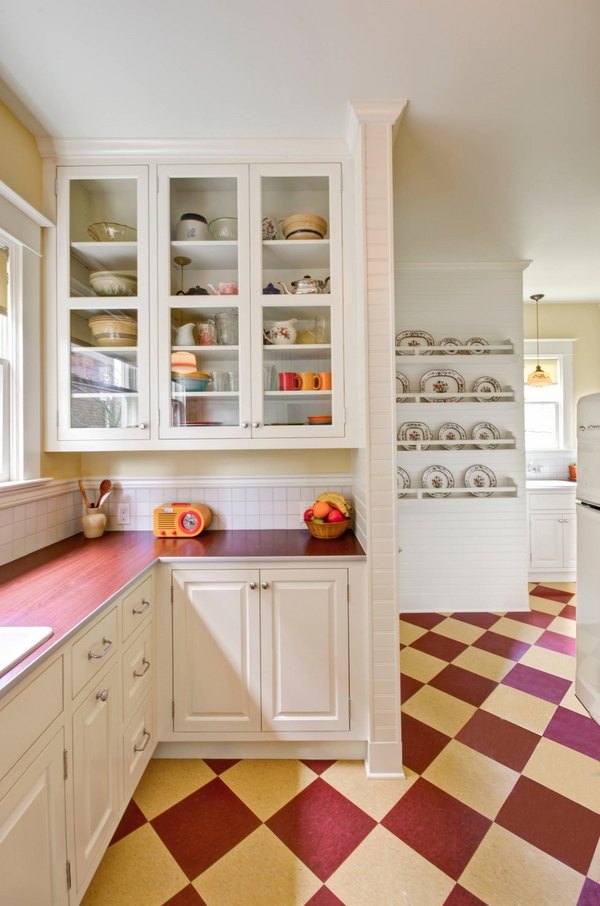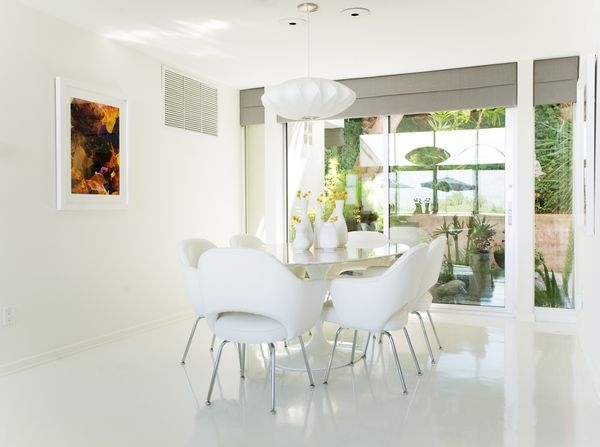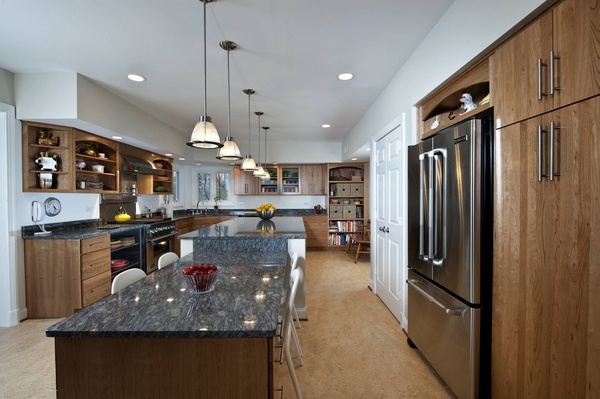What is linoleum flooring? It is very often confused with vinyl flooring but the difference is quite big. Linoleum is manufactured from natural materials like a mixture of heated linseed oil, pine rosin, powdered cork and added pigments. The flooring is soft yet quite durable and is offered in a wide range of colors and patterns.
Pros of linoleum flooring
Linoleum is one of the most eco-friendly materials. It is biodegradable, non-toxic, and formaldehyde-free which means that a linoleum flooring is safe for your health. Linoleum can be recycled as well which is another advantage as it can be used in other projects or constructions. Linoleum is very durable, and can last for decades if properly maintained. In addition it does not lose color or patters due to the fact that the pigments are infused through the flooring.
Installation of linoleum flooring is very easy which makes it perfect for DIY project. If the linoleum is in sheets it will require some attention in measurements and cutting while linoleum tiles are installed pretty easily.Regular maintenance requires as much as sweeping and mopping.
In design terms linoleum is very versatile and provides numerous options and you can create unique designs with the variety of colors and patterns
Cons of linoleum flooring
Like most products from natural materials, linoleum flooring is susceptible to moisture damage. It needs to be sealed after installation. Excessive humidity can curl the corners or ruin the floor. Linoleum can get torn or scratched heavy objects so dragging furniture is not recommended. To make sure your flooring would look good for a long time avoid direct sunlight on the linoleum to protect it against fading. Be aware that linoleum floors are easily punctured or nicked by sharp objects.
Linoleum with natural wood finish
Contemporary kitchen design with contrasting floor color
Classic black and white checkered pattern
Trendy gray color on the floor

